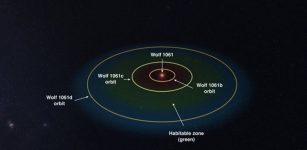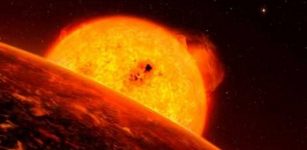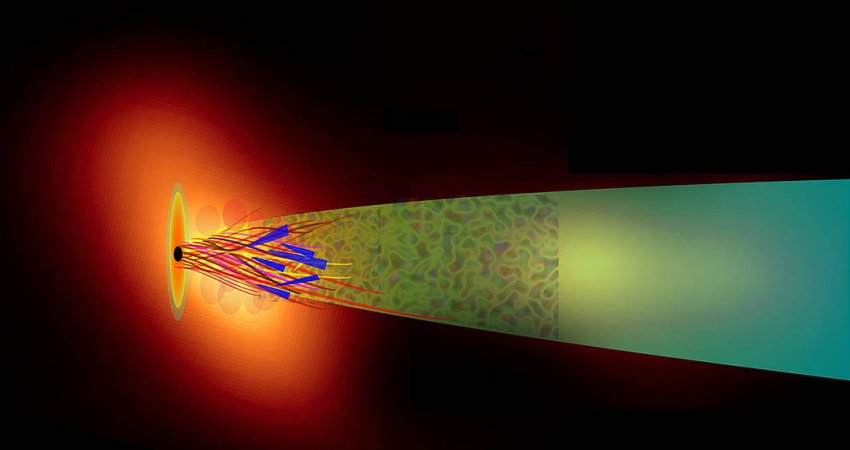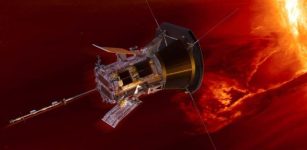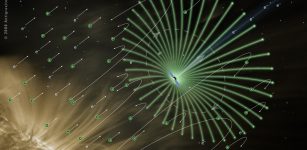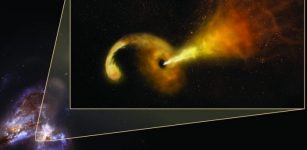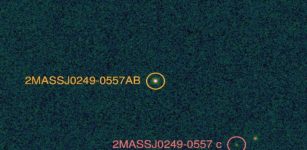Interstellar Alien Object ‘Oumuamua: Which Of Four Dwarf Stars Is Its Home?
MessageToEagle.com – A strange, oblong interstellar object we known today as ‘Oumuamua, came from another star system and was observed for the first time by humans in October 2017.
Unfortunately, ‘Oumuamua was only traced by astronomers for a very brief period of time when the object was leaving our Solar System.
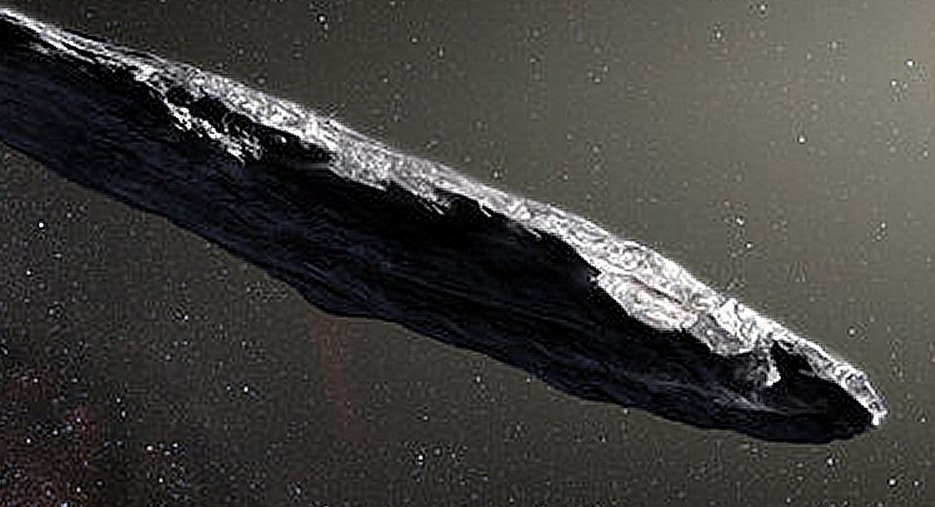
Based on data obtained by the ESA astrometry satellite Gaia, a team of astronomers led by Coryn Bailer-Jones of the Max Planck Institute for Astronomy, traced the path of ‘Oumuamua back millions of years to four stars considered as candidates for the weird object’s home star.
All four of them are dwarf stars.
One of the stars is the reddish dwarf star HIP 3757. It approached within about 1.96 light-years. Given the uncertainties unaccounted for in this reconstruction, that is close enough for ‘Oumuamua to have originated from its planetary system (if the star has one).
The next candidate, HD 292249, is similar to our Sun, was a little bit less close to the object’s trajectory 3.8 million years ago, but with a smaller relative speed of 10 km/s.
The two additional candidates met ‘Oumuamua 1.1 and 6.3 million years ago, respectively, at intermediate speeds and distances. These stars have been previously catalogued by other surveys, but little is known about them.
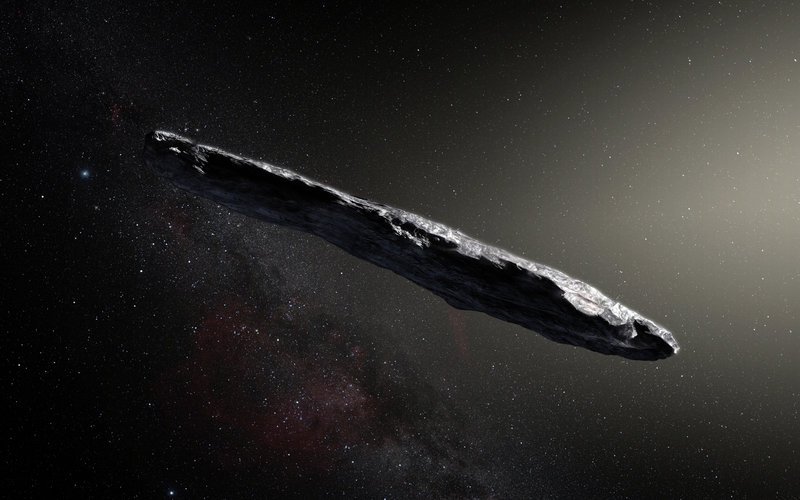
The new study by Bailer-Jones and colleagues takes into account how ‘Oumuamua’s orbit has changed as the object passed close to the Sun, giving the astronomers a precise estimate of the direction the object came from originally, as well as the speed at which it entered our Solar System.
Various studies had already suggested that ‘Oumuamua was ejected from its home star’s planetary system during the planet formation phase, when there were many small-sized objects (“planetesimals”) flying around which interact with giant planets in the system.
The object’s home star is likely to have two key properties: tracing back ‘Oumuamua’s orbit will lead us directly back to, or at least very close to, the home star.
In addition, the relative speed of ‘Oumuamua and its home star is likely to be comparatively slow – objects are typically not ejected from their home systems at large speeds.
The search for ‘Oumuamua’s home continues. The study presented here presents interesting candidates, but we haven’t quite followed our interstellar visitor home all the way, yet, researchers say.
MessageToEagle.com

